Guinea Pigs Need More Space: C&C vs. Midwest Cages, Which is Best?
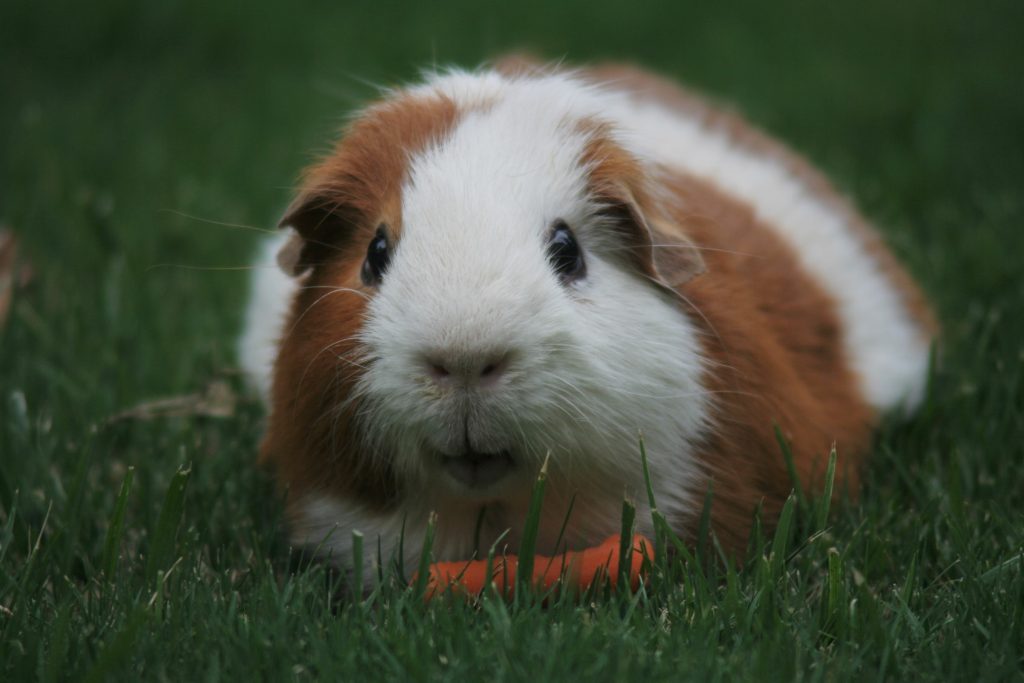
Guinea pigs make wonderful pets, but they have specific space needs requiring you to choose their habitat carefully. In general, you will need to consider C&C vs. Midwest cages when setting up your guinea pig’s home.
These two cages are not the only ones on the market, but experts do feel they are the two top choices. Deciding which one suits your needs depends on many factors.
How Much Space Do Guinea Pigs Need?
Before getting into C&C vs. Midwest cages, we need to first go over guinea pigs’ space needs. You cannot cramp this animal into a cage. If you cannot provide this little critter with as much space as it needs, then you should consider getting a different type of caged animal as a pet.
For guinea pigs, space is not something they want. It is something they must have to stay healthy. According to PetMD, a guinea pig requires a space that is two feet by three feet at minimum. You should pay special attention to the amount of ground space since guinea pigs cannot climb and require plenty of space in which to move around.
You can always provide your guinea pig with more space than the minimum. Your pig will enjoy that. However, you should never go under five square feet for one pig.
If you have additional pigs, you will want to increase the space. You’ll need two to three additional square feet for each additional guinea pig you wish to keep in the cage.
You should also account for anything you will add into the space that could take up some area, such as an automatic feeder or Pigloos.
What Is a C&C Guinea Pig Cage?
A C&C cage is one made of cubes and coroplast. Cubes are panels that connect to form the upper part of the cage. Coroplast or corrugated plastic serves as the bottom part of the cage. You can build the cage to look however you want and as big as you want it by putting together the panels.
According to Guinea Lynx, you will always want to use the coroplast sheets on the bottom of the cage and never use the cube panels because guinea pigs require a smooth bottom cage to avoid injury. Other than that, there are not many other rules as to how to design a C&C cage.
Just make sure it is large enough. Also, be sure the cube panels’ spaces are not so big the pig can get stuck in them. For small pigs, you may need to use a mesh overlay to avoid this problem.
A C&C cage is not hard to make. You can find a range of tutorials online, but the process is pretty intuitive as the cube panels fit nicely together.
It is typical to build the cage on the ground, but you also can put it on a table if you like.
What Is a Midwest Cage?
A Midwest cage is a brand of ready-made guinea pig cages. They come in perfect sizes for pigs and feature a range of add-on items you can buy to perk up your pig’s habitat.
Because the cage comes with everything you need, there is not any setup or construction involved. You may need to snap the sides in place, but that is about it. It is generally a buy-and-go item.
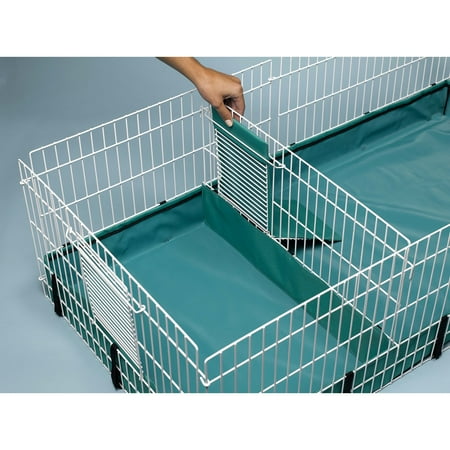
These cages are popular because they come with a design that is open at the top and connect together to enlarge the space if you have the need or add another guinea pig. Of course, you can also choose more traditional designs with the opening on the side of the cage.
The Metropolitan Guinea Pig Rescue explains Midwest cages also have designs specific to guinea pigs, which other brands may not, which ensures they are safe for pigs. For example, other cages may be too small or feature wire grid floors that are dangerous for guinea pigs.
C&C vs. Midwest Cages
To make a decision between C&C vs. Midwest cages, you should compare them side-by-side and consider the pros and cons of each. What is best for one guinea pig owner may not be for another, so it is essential that you decide based on your own specific needs and do not completely rely on the suggestions or recommendations of other owners.
C&C cage overview
The biggest benefit of a C&C cage is that it is easy to design it however you want. If you want a large open space, then you can do that. That makes it much easier to interact with your pigs and to get them in and out of the cage when you can have a wide-open top.
That also means that C&C cages tend to be much easier to clean. Not only are they easier to get into but also since you designed the cage, you can make it in a way that will allow for simple cleaning by adding in panels at certain areas or using liners.
A C&C cage also is highly adaptable. Since you build it yourself from cubes and plastic panels, you can easily add on as needed or adjust the size according to your pet’s needs.
On the downside, if you aren’t very handy, you may feel building the cage is too complicated. It can be frustrating trying to figure out the supplies you need as well. If you do not connect the pieces properly, it could also be a safety hazard, either allowing your pig to get loose or having panels fall them.
Midwest cage overview
The top benefit of a Midwest cage is that it comes ready to use. You don’t have to mess with construction or figuring out how many pieces you need to make a cage. You get it ready to go.
It is also nice that these cages have a design made for the safety of a guinea pig. You won’t have concerns about your pet getting hurt or loose.
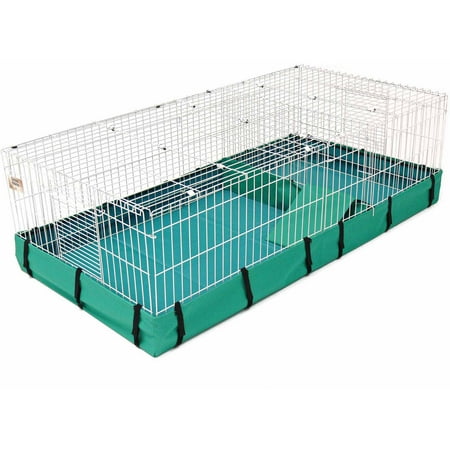
Also, Midwest cages have a lot of add-on options. It is very easy to buy items that will enhance your pig’s habitat.
The main disadvantage to these cages is that you will usually spend more to buy one. In addition, it is hard to expand them if you should need more space.
Comparing C&C vs. Midwest cages
Comparing the two cage types directly, you will see C&C cages are better for someone who wants flexibility and who doesn’t have an issue with DIY projects. A Midwest cage is best for someone who wants a quick and easy setup.
C&C cages are good if you plan to expand the number of pigs you have. Midwest cages are best if you wish to enhance the cage with add-ons.
The bottom line here is that C&C cages and Midwest cages are both high-quality options that will provide your guinea pig with a safe and healthy home. It all comes down to what you feel most comfortable with. Either option is a good choice.
Cage Dos and Don’ts
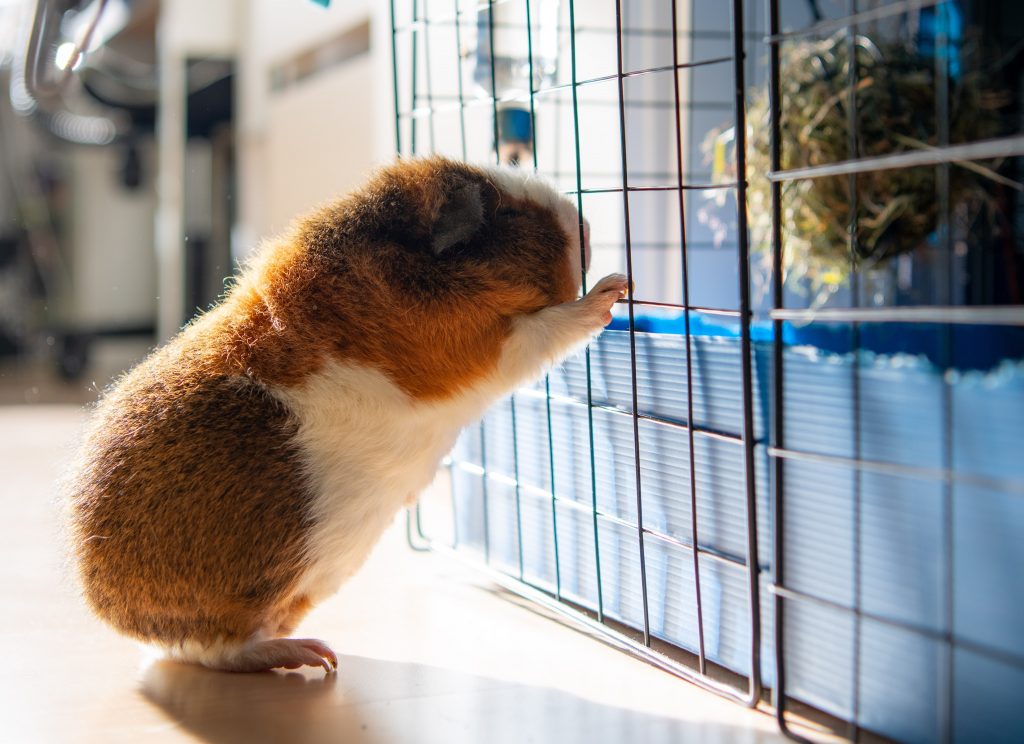
As you consider what type of cage to buy, there are some things you want to keep in mind about the health and safety of your guinea pig. The following dos and don’ts will help you avoid common mistakes owners make that could pose a risk for the pet.
Dos
Do make a space for your guinea pig that is in a shaded, comfortable place out of direct sunlight and away from direct heat. Guinea pigs cannot sweat, so they can overheat very easily. You need to ensure its habitat is in an area that will keep it at a comfortable temperature without the risk of getting too hot.
Do allow enough height on your cage, especially if you will have an open top. Guinea pigs do not need as much vertical space as other caged pets, such as hamsters, but they can stand up and climb over the side of a cage that is too short. Aim for 8 to 10 inches of height on your walls.
Do keep your cage to one story. Guinea pigs aren’t climbers. They will try, but if they fall, it could be fatal. You should keep everything at ground level for the most enjoyable living environment for your pet. If you must add platforms, make sure you have safety ramps for the guinea pig to walk on.
Do measure space properly. If you have elevated surfaces, it should not count toward the size of the cage. Size only refers to ground space. In addition, if you use any type of divider, then you need to calculate the space on each side separately. A 5-square-foot space with a divider in the middle is only 2.5 square feet of space for the purposes of sizing the cage for your pig.
Don’ts
Don’t use wooden hutches. These are common for rabbits, which have different needs than guinea pigs. Wood is not ideal as it will maintain wetness and have poor ventilation. It can harbor bacteria and lead to health issues for your pet.
Don’t make your pet climb for food. Food should be easy to access. You can use any type of dish that allows your pet to get to it whenever it wants.
Don’t keep guinea pigs in a cage with other animals. While your pig may be your best friend, it will not get along well with other pets. You need to protect your small pet from cats, dogs, rabbits, and other animals because it is a prey animal. Natural instincts can lead to attacks and injuries or death. If you have other pets, always keep a lid on your guinea pig’s cage.
Don’t use a closed tub or container as a cage. You may think you can avoid deciding between C&C vs. Midwest cages by buying a plastic tub or an aquarium. This is a bad idea because you must have open sides to allow for proper ventilation.
Cage Setup Tips
When you decide between C&C vs. Midwest cages, you will need to begin planning how to set up the cage. You should start by making sure you have all the supplies your guinea pig will need.
You’ll want to get some bedding for the bottom of the cage. The best bedding will be hay. Your pig may chew on it, but that is ok. It is usually an ingredient in their food, and it is completely safe for them. You should put a nice layer on the bottom of the cage and change it out as it becomes soiled.
You can also use a liner. Fleece liners provide warmth and are soft. They help prevent your pig from slipping on the plastic cage bottom while also absorbing urine. Many fleece liners are reusable as you can wash them, which also helps you save money on pet supplies.
The cage will also need a water bottle. Guinea pigs require a hanging bottle for water. Make sure to get a large size that will ensure your pig has enough water, but you should give fresh water every day.
Food sources should be a pile of hay available at all times and food made specifically for guinea pigs. This food comes in pellet form. You can put it in a small dish within the cage. Your pet will also need to have access to vitamin C-rich foods, such as kale, broccoli, parsley, and spinach.
Finally, you may want to add some runs to the cage to allow your pet to get additional exercise space. You can add on runs to both a C&C cage and a Midwest cage.
C&C vs. Midwest Cages: Final Words
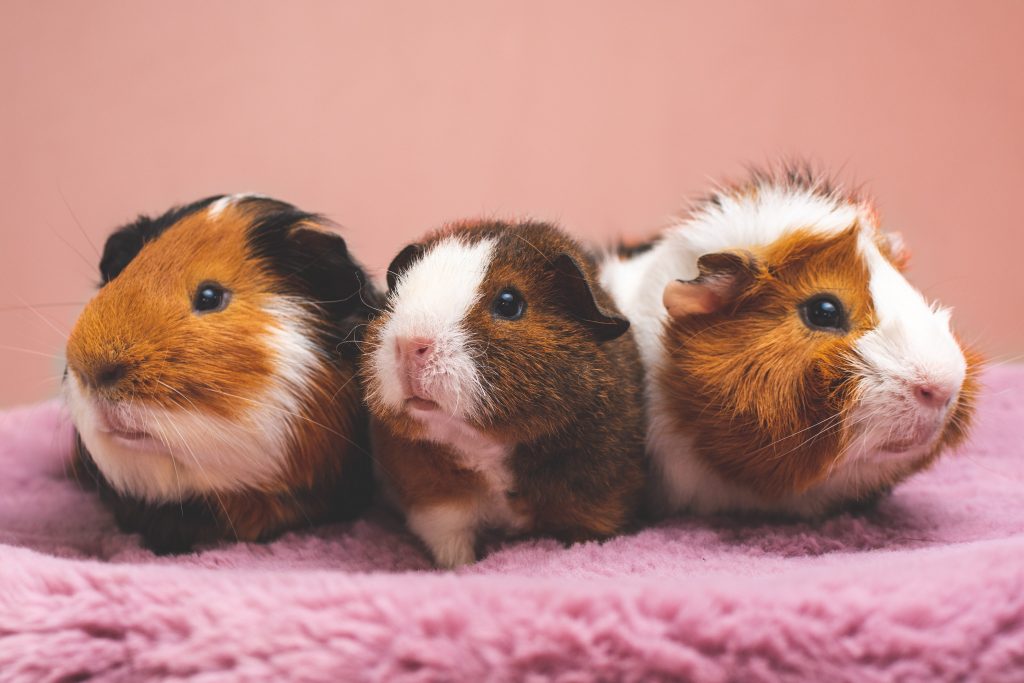
There is a lot to think about when choosing between C&C vs. Midwest cages. However, you cannot go wrong with either option when it comes to housing your guinea pig. Both provide a safe habitat where your guinea pig can grow and thrive.
You’ve learned a lot of great advice for choosing the best cage and setting it up properly. You can now take this information and use it to set up the perfect space for your beloved guinea pig.
